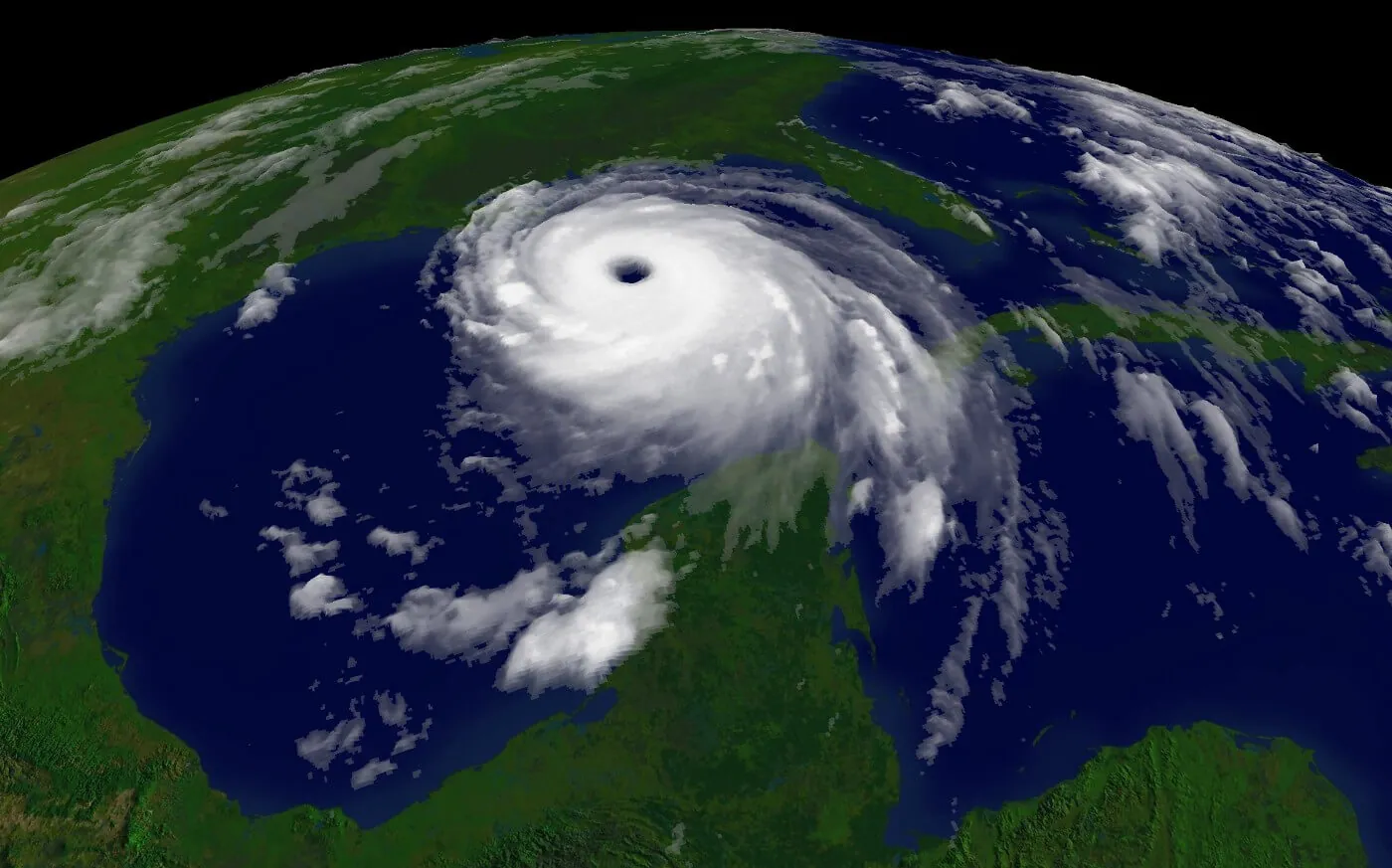The year 2018 witnessed major breakthroughs in technology, policy, and science relevant to the energy and climate change space, quantum computing, California rooftop solar policy, and explainable ways of linking human activity to global warming. We at ClimateAi compiled a list of the top 5 reads (articles and blogs) on Energy & Climate this year that shattered some existing rhetoric and makes me feel optimistic about the future.
1. Opinion | How Scientists Cracked the Climate Change Case
The biggest crime scene on the planet is the planet. We know the earth is warming, but who or what is causing it?
From the New York Times.
Gavin Schmidt from NASA explains to the non-scientist audience how scientists are able to isolate the global warming trend linked to human activities from the natural cycles of Climate Change. Climate Change and Global Warming are used interchangeably by many in the non-scientific world.
2. Liebreich: Two Business Cycles to Prepare for A Low-Carbon World
This week, as delegates from nearly 200 nations congregate in Katowice for COP24, the 24th annual UNFCCC conference on climate change, ‘tis the season to take stock of the state of climate politics around the world.
Michael Leibreigh gives a good framework of linking disruptions caused by low carbon policies to business cycles. As the fundamental of electricity and transport sectors are changing, CEOs might have to prepare for this disruption within two business cycles of six years duration.
3. Does Rooftop Solar Help the Distribution System?
California’s rooftop solar mandate is an opportune moment to revisit a pair of prescient studies by Michael Cohen and coauthors.
Researchers from Berkeley came to the conclusion that the average benefits of distributed solar in California from reducing line losses and deferring capacity investments are only marginal.
4. Harvard Quietly Amasses California Vineyards — and the Water Underneath
Making a bet on climate change, the university’s $39 billion endowment has been snapping up farmland and the related…
One of the first major climate bets placed by an institutional investor — we will see a lot more of those in the coming years. Investors who think climate change and water impacts are long-term phenomena might be in a for a surprise.
5. Inside the world of AI that forges beautiful art and terrifying deepfakes
Generative adversarial networks, or GANs, are fueling creativity—and controversy. Here’s how they work.
From Technology Review.
Climate Change is both a big data and a lack of data problem. Recent advances in GAN architectures might have some solutions to lack of data problems that scientists face in predicting extreme risks, however, that comes with its own set of limitations and possibility of misuses. The article talks about advances in GAN but that has relevance to Climate Change space as well.
